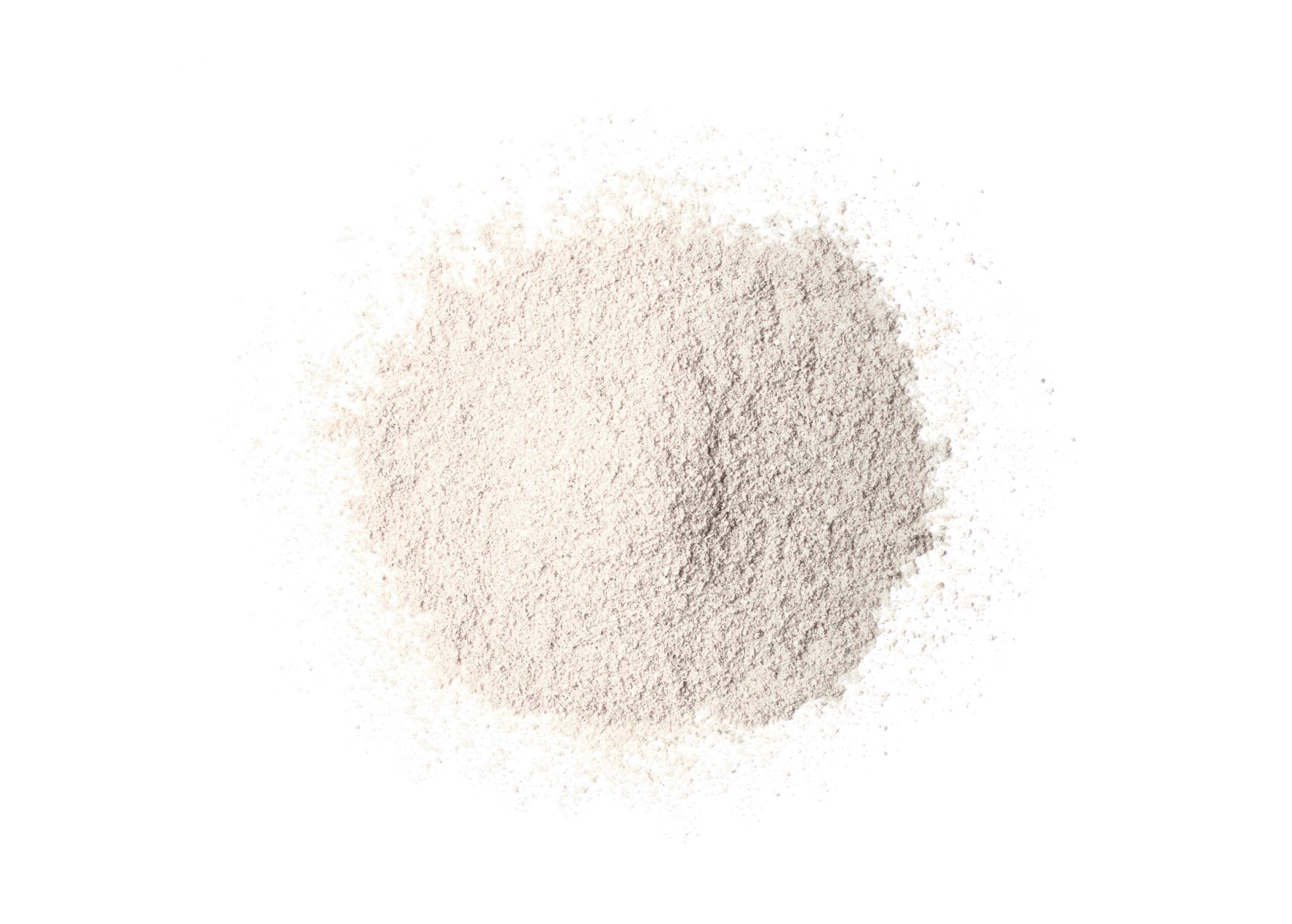
Although research has shown benefits to using sodium zirconium cyclosilicate (SZC) to treat acute hyperkalemia (AHK), current treatment guidelines do not include SZC. Furthermore, SZC is not recommended for use as a single agent. Tara Parnacott and colleagues at Methodist University Hospital (MUH) in Memphis, Tennessee, assessed the use of SZC for AHK to determine whether changes should be made to the ordering plan. Their study results were presented during the National Kidney Foundation Spring Clinical Meetings 2024.
They conducted a retrospective review of 100 adult patients at MUH who received SZC for AHK from March to June 2023. The mean patient age was 66 ± 14 years; 53% were female. The researchers evaluated prescribing practices, including dose, interval, duration, time from diagnosis to SZC administration, number of doses, and simultaneous medications for AHK. They evaluated the outcomes n, change in K, follow-up monitoring of K, time to normokalemia (K, 3.6-5 mEq/L), cumulative SZC dose received, and adverse effects.
Baseline K was 5.7 ± 0.5 mEq/L (range, 5.1-7.5 mEq/L). Kidney impairment was common, with 55% of subjects experiencing acute kidney injury (AKI), 36% chronic kidney disease (CKD), and 30% kidney failure; 30% had AKI on CKD.
The median time from diagnosis with AHK to starting SZC was 6 hours. Patients received two 10-g doses for a median duration of 10 hours on average. The median change in K at recheck was −0.7 mEq/L. SZC was commonly dosed twice daily (42%), three times daily (27%), or one time (26%). It was frequently administered as monotherapy (47%), with the remaining 53% receiving adjunctive therapy: intravenous insulin (40%), loop diuretic (25%), albuterol (17%), and sodium bicarbonate (16%). Only 11% of patients had SZC ordered through the AHK plan, and 28% had follow-up monitoring of K levels within 4 hours of the first SZC dose.
Lab-verified AHK resolution was accomplished in 84% of patients. When SZC was ordered within the AHK plan and 24 hours outside of the plan, the median time to normokalemia was 15 hours. Adverse effect rates were low; 6% experienced hypokalemia and 1% experienced edema. The researchers determined their study identified opportunities to optimize SZC for AHK and follow-up monitoring through changes in the AHK ordering plan.
Source: Parnacott T, Twilla J, Hudson J. Prescribing practices for sodium zirconium cyclosilicate in acute hyperkalemia. Abstract #344. Presented at the National Kidney Foundation Spring Clinical Meetings 2024; May 14-18, 2024; Long Beach, California.







 © 2025 Mashup Media, LLC, a Formedics Property. All Rights Reserved.
© 2025 Mashup Media, LLC, a Formedics Property. All Rights Reserved.